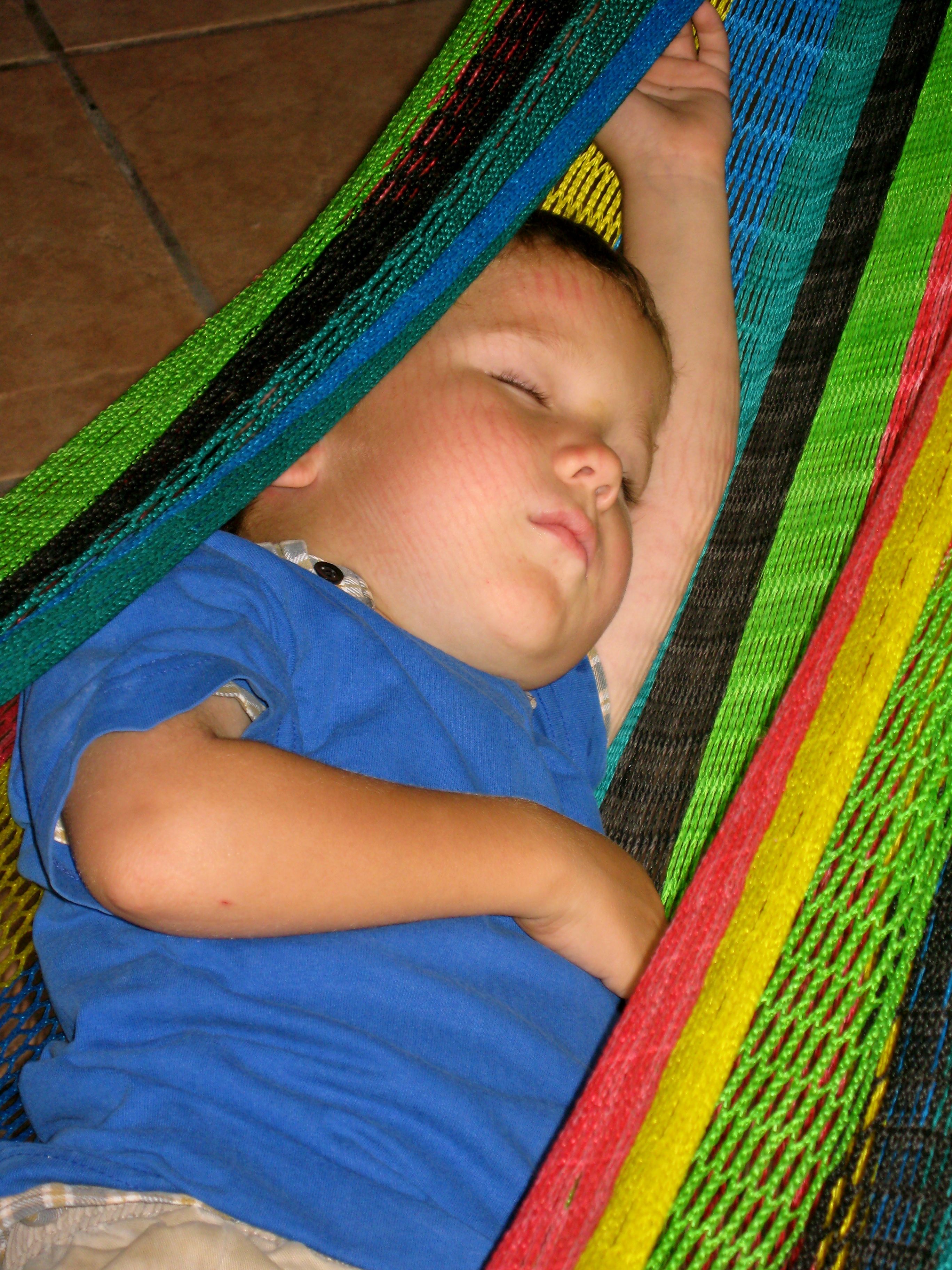Today I visited the small town of Carmelita, Belize. It's located just past Orange Walk and is home to another Mennonite community. The impact the Mennonites have had on the country surprised me—I had never even heard the term before I began researching the country. It turns out that these groups harvest over half of what all Belizeans eat and are well-known for their skill as carpenters and engineers. They live mainly in northern Belize, and it is not uncommon to see these fair-skinned, Dutch- and German-speaking people in cowboy hats and overalls piled into the bed of a pick-up truck heading into town.
The Carpenter family—their last name and the name of the family business--welcomes me into their home located above their workshop on the first floor. Viola Carpenter, a mother of four with another on the way, made me feel at home even though I was the only woman not in a cloth dress down to the floor with a bonnet worn over my hair.
Viola spoke openly about her choice to avoid hospitals and opt for natural, at-home births. She said she would rather be in the comfort of her own home, surrounded by her loved ones, which can't happen in a Belizean hospital. Up until last year, a woman wasn't allowed to have anyone in the delivery room with her. Viola said she couldn't imagine giving birth without her husband present because it wasn't just her baby; it was theirs. She would feel as though he was robbed of that life-changing moment of becoming a father.
As a result of her choice to have at-home births, her husband has actually delivered one of her five children. The midwife was not able to get to her fast enough, so he had no choice but to catch their newborn son. Viola said it was her most peaceful, stress-free birth thus far, and she even considered having him deliver the child on the way. When I asked her if she feared having a complication at home without a trained professional present, she said her doctor is right down the road.
"If I didn't make it to him in time, then God just has other plans for me," she said with a smile.
Born and raised in the United States, I don't know anyone who has had an at-home birth, so meeting Martina Pech was a revelation. The 82-year-old Spanish-speaking midwife told me (with the help Viola's translations) that she delivered all 17 of her children completely on her own. She explained she had no choice because the hospitals were too far away, and she had no means of transportation.
In her fifty years as a midwife, Martina has delivered hundreds of children, and all of them survived. She has heard of cases where a woman died during childbirth but she said she never experienced it herself. I asked her about c-sections since this had become such a hot button issue with the Mennonites in Blue Creek, but she admitted she is not familiar with the procedure. She said she looks at it as a positive because it could save lives of pregnant women and unborn babies.
Gail Johnson, a midwife from Texas now living in Belize, accompanied me to Carmelita. She explained that c-sections are proposed when the child is not in the correct position for birth. She asked Martina if she ever had to deliver a baby in the "breech" position (feet first, opposed to head first). Martina replied, "I've never delivered a baby that way because I flip them myself." She then demonstrated on Viola, who had been having some discomfort with her baby pushing up against her ribs. With Viola lying down on her back, Martina gently massaged her stomach and rotated the baby back into the correct position.
"They're taking away my midwifery license," Martina said. "They said I am getting too old to deliver babies." In hopes of passing down her wisdom to others so it is not forgotten, she called Gail over to assist her with Viola. Placing Gail's hands on Viola's stomach and covering them with her own, she began to show Gail how to turn a child into a different position.
"Like women pass down recipes, we also pass down our wisdom," Gail said, and that day, she received a few more ingredients to add to her collection from a very experienced source.



